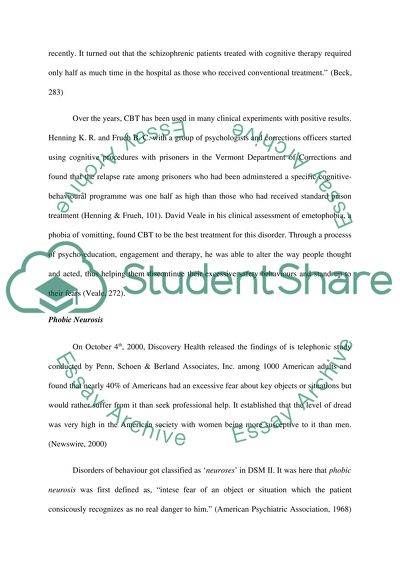Cite this document
(“Cognitive Behavior Therapy (CBT) in the treatment of phobias - why is Research Paper”, n.d.)
Retrieved from https://studentshare.org/psychology/1395684-cognitive-behavior-therapy-cbt-in-the-treatment-of
Retrieved from https://studentshare.org/psychology/1395684-cognitive-behavior-therapy-cbt-in-the-treatment-of
(Cognitive Behavior Therapy (CBT) in the Treatment of Phobias - Why Is Research Paper)
https://studentshare.org/psychology/1395684-cognitive-behavior-therapy-cbt-in-the-treatment-of.
https://studentshare.org/psychology/1395684-cognitive-behavior-therapy-cbt-in-the-treatment-of.
“Cognitive Behavior Therapy (CBT) in the Treatment of Phobias - Why Is Research Paper”, n.d. https://studentshare.org/psychology/1395684-cognitive-behavior-therapy-cbt-in-the-treatment-of.


